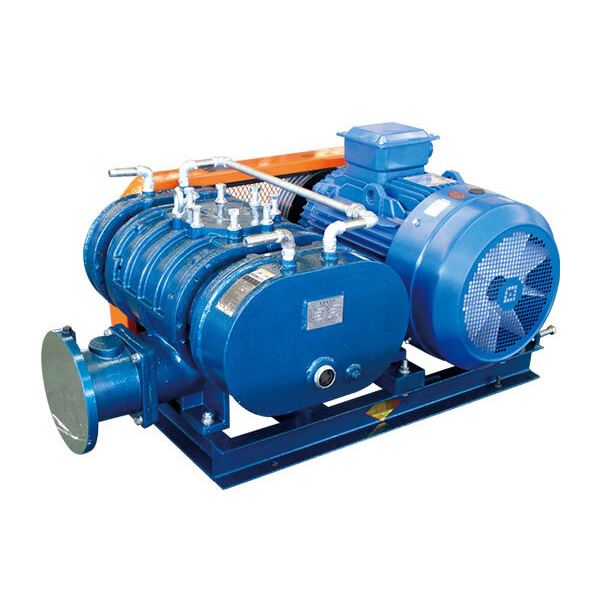The introduction and features of Roots Blower
2025-06-05
A Roots blower is a type of positive displacement pump that moves gas or air by trapping a fixed amount and forcing it from the inlet to the outlet. Invented by Philander and Francis Marion Roots in 1860, this design has become integral in various industrial and automotive applications.
How It Works
At its core, a Roots blower consists of two rotors (or lobes) that rotate in opposite directions within a casing. As these lobes rotate, they trap air or gas in pockets between the lobes and the casing, transporting it from the intake side to the exhaust side. Notably, there is no internal compression during this process; compression occurs when the trapped air is expelled against the system's backpressure .
Key Features
Positive Displacement Operation: Delivers a constant volume of air per rotation, ensuring steady airflow regardless of pressure variations.
Oil-Free and Air-Cooled: Most Roots blowers are designed without oil in the compression chamber, making them suitable for applications requiring clean air.
Simple and Robust Design: With fewer moving parts and no internal valves, these blowers are durable and require minimal maintenance.
Versatile Applications: Commonly used in pneumatic conveying, wastewater treatment, vacuum systems, and as superchargers in automotive engines .
Low Pulsation and Noise Levels: Especially in three-lobe designs, which reduce vibration and noise compared to two-lobe variants.

Performance Specifications
Flow Rates: Can range from small units delivering a few cubic meters per hour to large industrial models handling up to 120,000 m³/h .
Pressure and Vacuum: Typically operate up to 15 psig for pressure applications and can achieve vacuums up to 28” Hg, depending on the model.
Efficiency: While volumetric efficiency remains high, overall energy efficiency can be lower due to the lack of internal compression, leading to higher energy consumption in some applications .
Common Applications
Industrial Processes: Used in sectors like food and beverage, chemicals, water treatment, pulp and paper, mining, cement, power generation, and oil and gas for tasks such as combustion air supply, vacuum generation, air separation, water aeration, pneumatic conveying, and membrane cleaning.
Automotive Superchargers: Enhance engine performance by increasing air intake, leading to improved combustion and power output.
Vacuum Systems: Serve as boosters in high-vacuum applications, often paired with other pumps to achieve desired vacuum levels.
If you are interested in our products or have any questions, please feel free to contact us.


